
PIA08147: Edgy Atlas
|
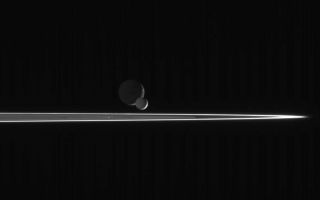
PIA08150: Enceladus Races Onward
|
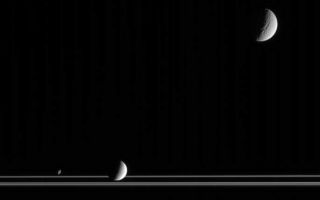
PIA08165: Frontier Worlds
|
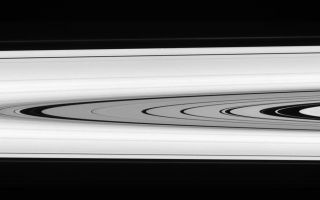
PIA08171: Is That a Moon?
|
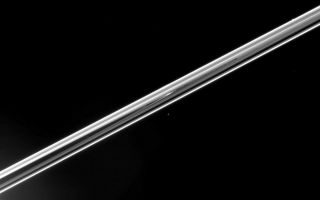
PIA08175: Ring-Hugging Moons
|
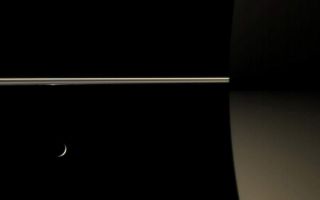
PIA08176: Saturn's Night Colors
|
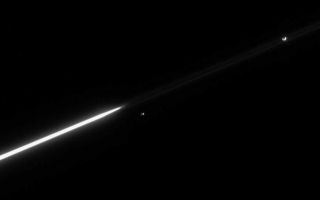
PIA08178: Epimetheus Falls Behind
|
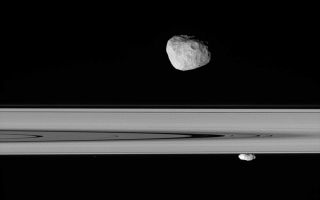
PIA08192: So Close
|
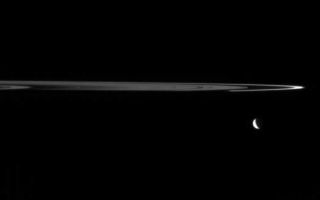
PIA08193: Arc and Crescent
|
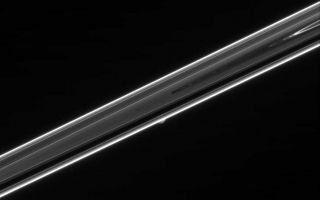
PIA08194: Hiding a Moon
|
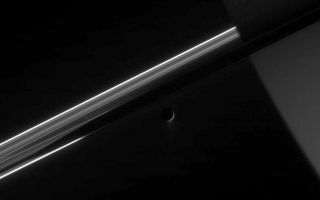
PIA08195: Dark Side of Saturn's Moon
|
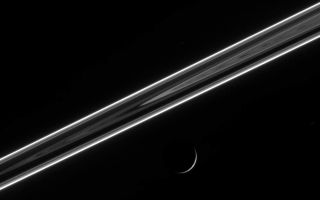
PIA08201: Saturn's Night Lights
|
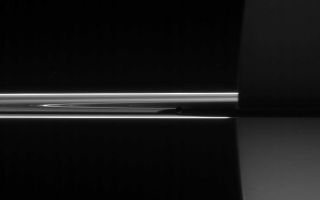
PIA08215: Mimas Seeking Solitude
|
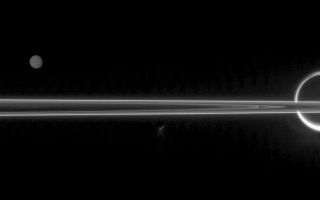
PIA08216: The Moons are the Stars
|
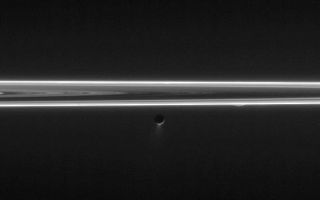
PIA08217: Softly Glowing Scene
|
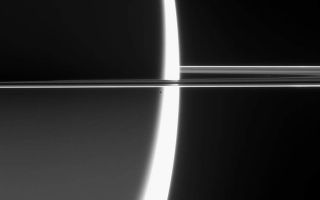
PIA08218: A Captivating Vision
|
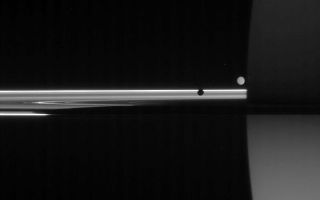
PIA08220: Light from Many Paths
|
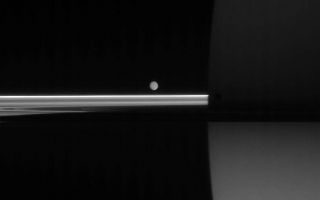
PIA08222: Mimas in Hiding
|

PIA08223: Land of Darkness
|
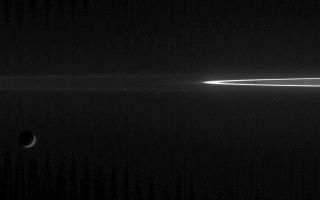
PIA08225: Darkened Moons, Searing F Ring
|
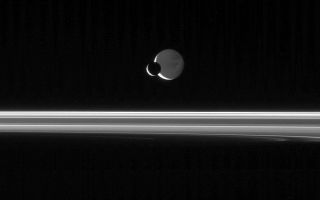
PIA08228: Night Lights
|
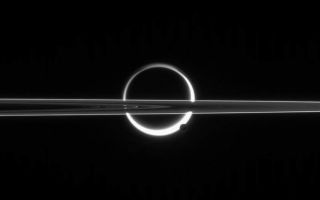
PIA08235: Candle in the Dark
|
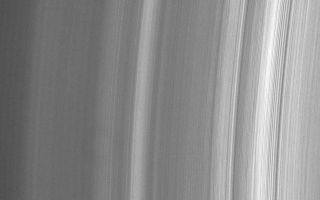
PIA08241: Azimuthal Variability
|
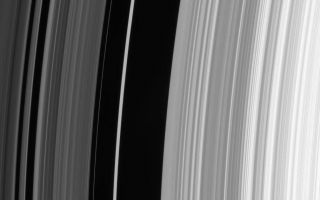
PIA08243: The Huygens Gap
|
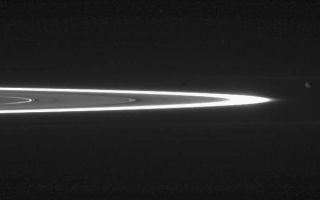
PIA08244: Janus Hides in Plain Sight
|
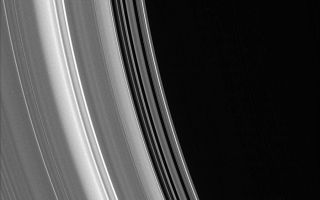
PIA08245: Inner C Ring
|
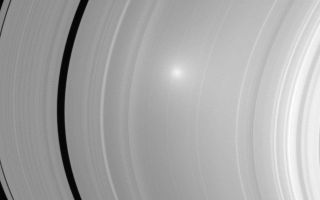
PIA08247: Opposition Surge on the A Ring
|
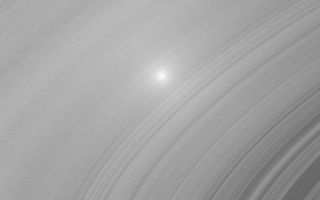
PIA08248: Opposition Surge on the B Ring
|
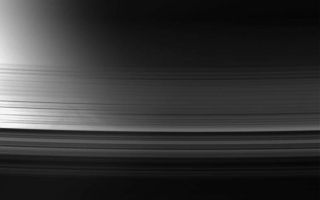
PIA08250: Seeing the Difference
|
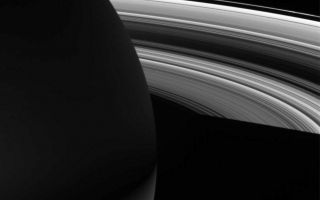
PIA08252: Night on Saturn
|